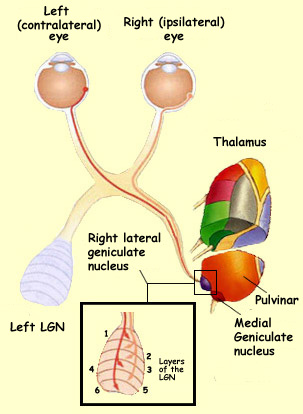

We contrast the properties of the new network model with several other neural network models to illustrate the relative capabilities of each.
#Synapse brain dendrite axon code
Through simulation we show that the network scales well and operates robustly over a wide range of parameters as long as the network uses a sparse distributed code of cellular activations. The network relies on fast local inhibition to preferentially activate neurons that are slightly depolarized.

We then present a network model based on neurons with these properties that learns time-based sequences. By this mechanism, a neuron can predict its activation in hundreds of independent contexts. We then propose a neuron model where patterns detected on proximal dendrites lead to action potentials, defining the classic receptive field of the neuron, and patterns detected on basal and apical dendrites act as predictions by slightly depolarizing the neuron without generating an action potential.

First we show that a neuron with several thousand synapses segregated on active dendrites can recognize hundreds of independent patterns of cellular activity even in the presence of large amounts of noise and pattern variation. In this paper we extend this idea in multiple ways. It has been previously proposed that non-linear properties of dendrites enable cortical neurons to recognize multiple independent patterns. It is a mystery how pyramidal neurons integrate the input from thousands of synapses, what role the different dendrites play in this integration, and what kind of network behavior this enables in cortical tissue. The dendrites themselves are segregated into apical, basal, and proximal integration zones, which have different properties. Each pyramidal neuron receives input from thousands of excitatory synapses that are segregated onto dendritic branches. Most neurons fire in this way, but not all neurons are the same.Pyramidal neurons represent the majority of excitatory neurons in the neocortex. This movement of a signal down a neuron is called an action potential. Once the electrical current reaches the end of the cell, it causes other chemicals to be released. These movements travel down the axon, like dominoes that have been tipped over. Ions, which are small, charged molecules, move in and out of entrances in the membrane. Then, the electrical nerve signal travels along an axon in a rush of chemistry. If the combination of neurotransmitters is correct, then they can cause an electrical current to sweep down the nerve cell. Nerve cells communicate with each other using chemicals called neurotransmitters. Nerve signals actually come down to some interesting chemistry. Let's look a bit closer at how this all works. As a final step, the signal leaves through the synapse to be passed along to the next nerve cell. Myelin sheaths cover the axon and work like insulation to help keep the electrical signal inside the cell, which makes it move more quickly. Next, the signal leaves the soma and travels down the axon to the synapse. From there, the signal travels to the main cell body, known as the soma. Neurons receive these signals from neighbor neurons through their dendrites. Other signals are instructions for your organs, glands and muscles. Some of these signals bring information to the brain from outside of your body, such as the things you see, hear, and smell. Neurons pass messages to each other using a special type of electrical signal. From there the message can move to the next neuron. The message then moves through the axon to the other end of the neuron, then to the tips of the axon and then into the space between neurons. Nerve Cell: Dendrites receive messages from other neurons.


 0 kommentar(er)
0 kommentar(er)
